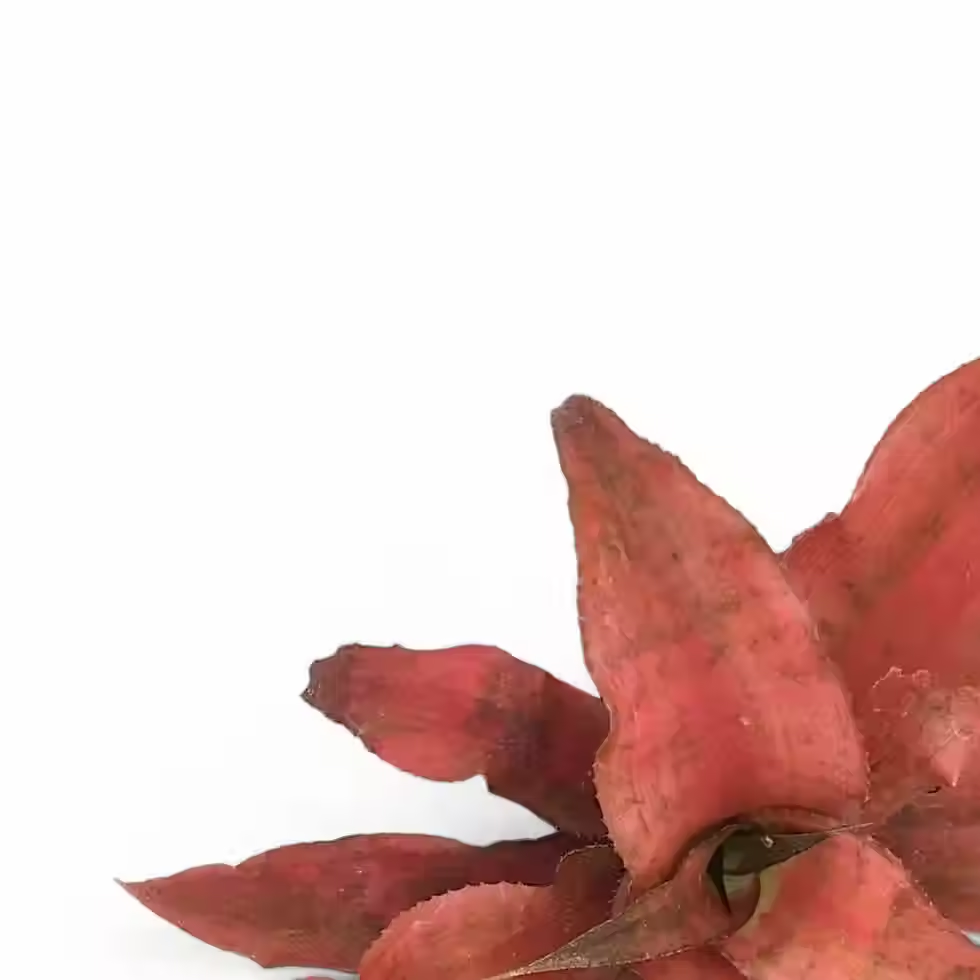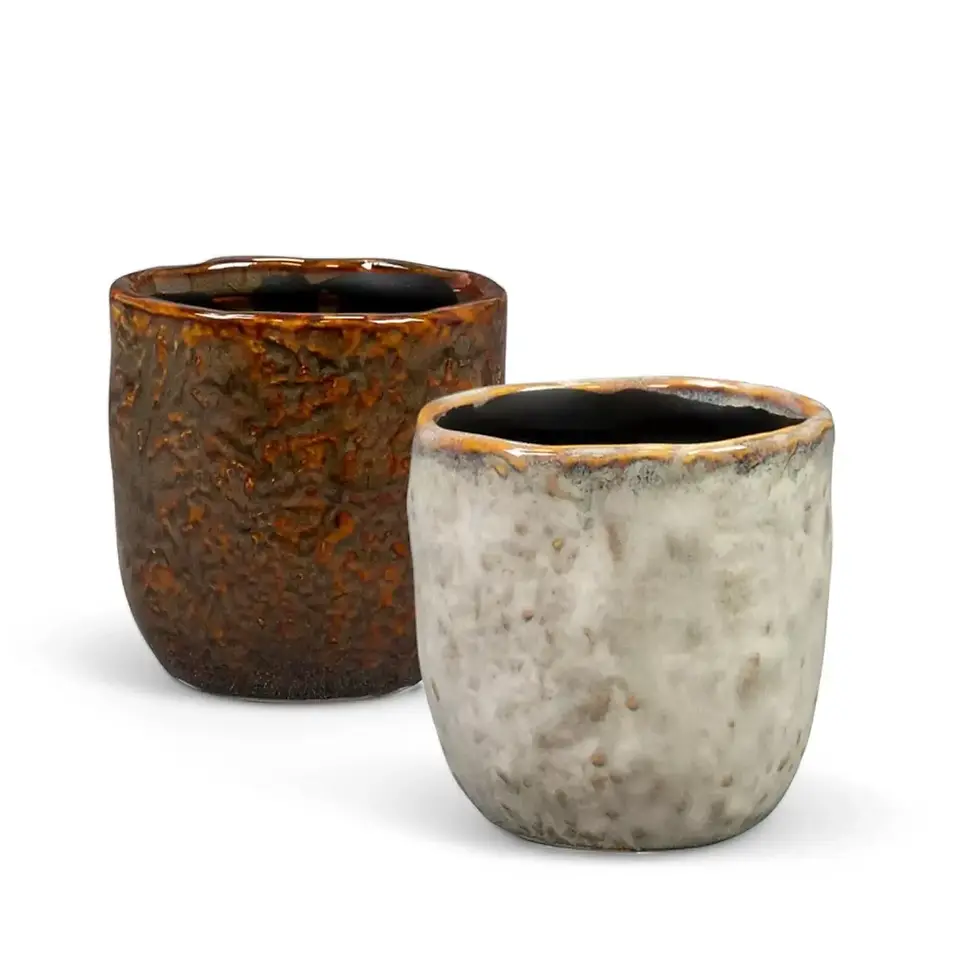Nephrolepis exaltata 'Boston Blue Bell' - A Vibrant Indoor Fern Guide
Nephrolepis exaltata 'Boston Blue Bell' is a captivating cultivar of the classic Boston fern. Its elegantly arching, finely textured fronds form a dense, vibrant display, creating a tranquil atmosphere in any indoor space. Its compact size makes it perfect for smaller spaces or hanging arrangements, delivering charm without demanding too much room.
Why Choose Nephrolepis exaltata 'Boston Blue Bell'?
- Luxurious Fronds: Delicate, sword-shaped leaves that add depth and texture to your indoor decor.
- Compact Indoor Size: Reaches a manageable height and spread, perfect for tabletops or hanging baskets.
- Pet-Friendly: Non-toxic to pets and children, offering peace of mind for family households.
Key Facts About Nephrolepis exaltata 'Boston Blue Bell'
- Native Habitat: Originates from tropical and subtropical regions in South America with warm temperatures (18-26°C) and high humidity.
- Growth Style: Upright, arching habit; moderate to fast growth under optimal conditions.
- Indoor Size: Typically reaches up to 50 cm in height and spread indoors.
- Growth Rate: Moderate to fast, especially in optimal light, humidity, and temperature conditions.
- Lifecycle: Evergreen, maintaining its verdant beauty year-round.
Caring for Nephrolepis exaltata 'Boston Blue Bell'
→ Light
- Thrives in bright, indirect light but tolerates lower light levels.
- Avoid direct sunlight to prevent leaf scorch.
→ Watering
- Keep soil consistently moist without waterlogging.
- Water when the top layer feels slightly dry.
→ Humidity
- Prefers higher humidity but adapts well to average indoor levels.
- For best results, group with other plants to create a microclimate or use a humidifier if the air is particularly dry.
→ Temperature
Maintain between 18°C and 24°C. Protect from cold drafts and temperatures below 10°C.
→ Soil
- Use a rich, well-draining potting mix with organic matter to support moisture retention without compacting.
- Consider a mix of coconut fibers, perlite, and bark for optimal aeration and drainage.
→ Fertilizing
- Feed every 4-6 weeks with a balanced liquid fertilizer to encourage vigorous growth.
- Reduce feeding slightly if growth appears stunted despite good care.
→ Repotting and Pot Choice
- Repot every 1-2 years or when roots outgrow the container.
- Choose a pot with adequate drainage and slightly larger dimensions to prevent waterlogging.
- Use shallow pots to accommodate the fern’s root system effectively.
→ Propagation
- Divide clumps during repotting for easy propagation.
- Propagate using runners or stolons for best results.
→ Semi-Hydroponics and Hydroponics
Excellent options for consistent moisture and better root aeration.
→ Pruning
- Regularly trim dead or yellowing fronds to maintain its lush appearance.
- Pruning prevents pests from hiding within the dense foliage.
- Cut back older growth to encourage new fronds.
→ Placement
- Place in a well-ventilated area with filtered light.
- Hanging planters or decorative pots enhance its display while keeping it safe from foot traffic.
- Avoid placing near heaters or air conditioning vents to prevent stress.
Challenges and Solutions
→ Pests
- Common pests include spider mites, scale, and mealybugs.
- Treat infestations promptly with insecticidal soap , neem oil, or use beneficial insects.
- Regularly inspect to catch issues early.
→ Root Rot
- Caused by overwatering or poor drainage.
- Use pots with adequate drainage holes and avoid letting the plant sit in water.
- Allow the soil to dry slightly between waterings.
→ Leaf Issues
- Brown Tips: Indicate underwatering or low humidity. Adjust watering and improve humidity levels.
- Yellow Leaves: A sign of overwatering or nutrient imbalance. Check soil moisture and fertilize as recommended.
- Drooping Fronds: Can result from compacted soil or irregular watering. Refresh the soil during repotting and stabilize care routines.
→ Fungal Problems
- Watch for signs of fungal infections like leaf spots.
- Remove affected fronds and improve air circulation around the plant.
- Avoid overhead watering to minimize moisture on the foliage.
Extra Tips for Success
- Seasonal Outdoors: During warmer months, thrives in a shaded balcony or patio spot. Shield from direct sun and heavy rain.
- Styling Ideas: Pair with shade-loving plants like pothos or calatheas for a layered look. Use decorative pots to enhance its charm.
Fascinating Insights
Nephrolepis exaltata was highly popular in the Victorian era, admired for its lush, elegant fronds that symbolized sophistication. Its enduring charm ensures it remains a household favorite for both seasoned plant enthusiasts and newcomers.
Etymology
- Nephrolepis: From the Greek words “nephros” (kidney) and “lepis” (scale), referencing its unique spore structure.
- Exaltata: Reflects its upright growth.
- The cultivar name ‘Boston Blue Bell’ highlights its graceful, arching fronds and deep green hue, reminiscent of delicate bells.
Frequently Asked Questions
- When should I water my Nephrolepis exaltata 'Boston Blue Bell'?Check the top layer of soil. Water thoroughly when it feels slightly dry.
- Can it grow in low light?While it tolerates low light, placing it in bright, indirect light ensures vibrant growth.
Order Your Nephrolepis exaltata 'Boston Blue Bell' Today!
Add this stunning fern to your home today! Order now to enjoy its lush beauty and effortless charm.
Nephrolepis exaltata 'Boston Blue Bell'
Nephrolepis exaltata 'Boston Blue Bell' is approximately 25 cm tall and comes in a ⌀ 12 cm pot

























































